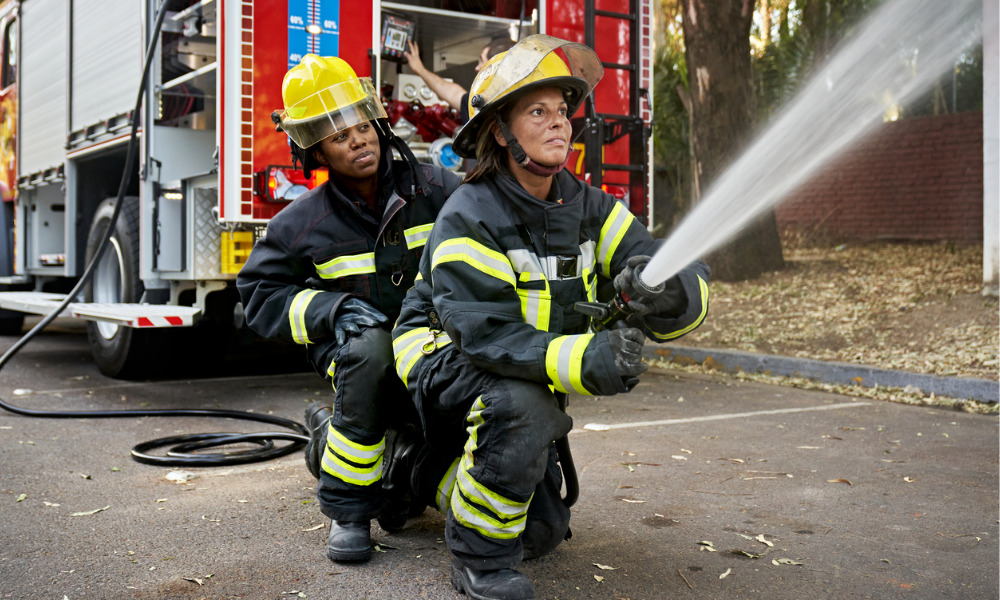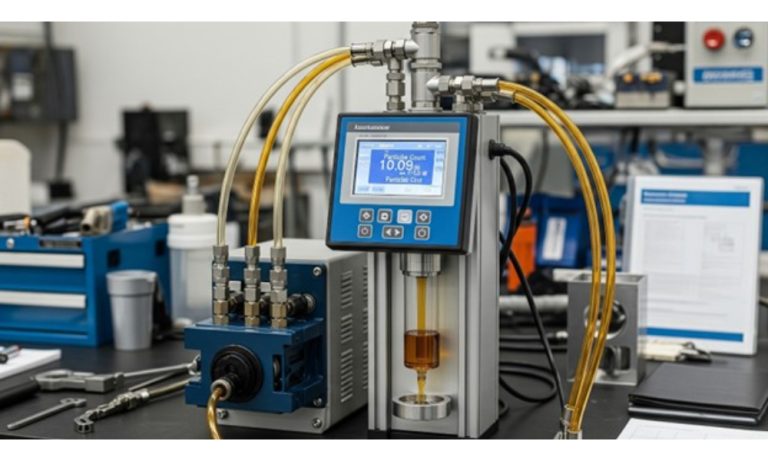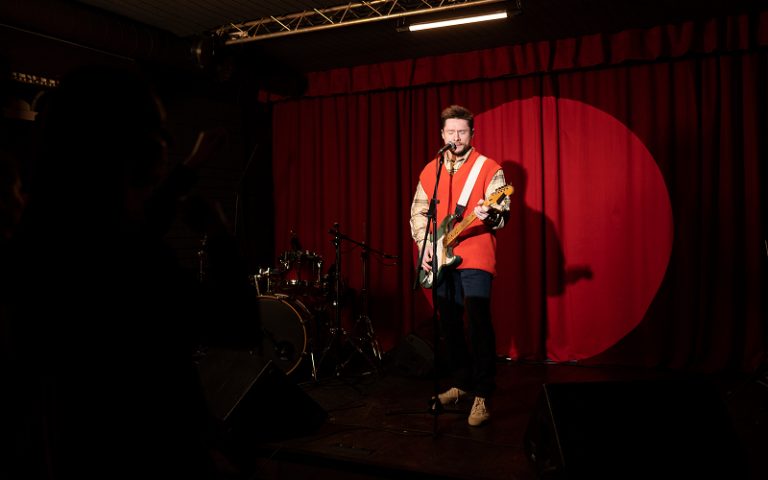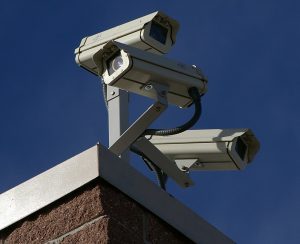Understanding the Fundamentals
What Is a Buddy System?
The buddy system pairs individuals together to support and monitor one another during operations. Firefighters use this method to ensure no one enters hazardous environments alone. Each team member becomes responsible for the other’s safety and well-being. This approach creates shared responsibility and encourages better decision-making in high-stress situations. Mutual trust forms the backbone of this method and reinforces strong teamwork. In emergencies, having a buddy provides both emotional support and practical assistance. Firefighters who work as a unit tend to communicate more clearly and act more efficiently.
Defining Accountability in Emergency Response
Accountability in firefighting ensures teams know where everyone is and what they are doing. This process includes tracking personnel, monitoring assignments, and confirming equipment status. Clear accountability prevents confusion and keeps the incident commander informed. Fireground operations become safer when responders are easy to locate and contact. Without accountability, coordination breaks down and safety risks increase. Implementing structured systems helps departments respond faster during critical moments. Everyone on the team must understand their role to maintain accountability.
The Historical Roots of “Two-In, Two-Out”
The “two-in, two-out” rule emerged from the need to prevent firefighter fatalities during interior attacks. Agencies formalized this practice to protect firefighters from becoming lost or trapped alone. Over time, fire services adopted this rule into national standards and training. Today, it serves as a foundational element in structural firefighting operations. It ensures two firefighters enter together, while two remain ready outside. This protocol allows rapid rescue in case of emergencies inside the structure. The rule reminds teams to prioritize safety over speed.
Regulatory Backing: NFPA, OSHA, and Local Standards
Multiple agencies support the use of buddy systems and accountability policies in fire safety. OSHA mandates the “two-in, two-out” practice in hazardous interior environments. NFPA standards provide detailed guidelines on firefighter tracking and team integrity. Many local jurisdictions add specific requirements to suit regional operations. These regulations collectively improve consistency and reliability on the fireground. Departments that align with these standards, such as those set by the Florida State Fire College, often experience fewer injuries. Regulatory backing also reinforces safety as a non-negotiable priority.
The Role of Buddy Systems in Firefighting
Mutual Monitoring for Immediate Risk Recognition
Buddy systems allow firefighters to spot hazards their partners may not notice immediately. This mutual monitoring provides an extra set of eyes and ears in dynamic conditions. When flames shift or smoke thickens, buddies alert each other to danger. Teams can address small issues before they escalate into life-threatening situations. This proactive approach helps reduce preventable injuries. Firefighters feel more secure when they know someone is watching their back. Mutual awareness leads to quicker, smarter decisions in the field.
Enhancing Situational Awareness Through Pair Work
Working in pairs helps firefighters maintain orientation inside complex structures. Buddies communicate constantly to update one another on changes in their environment. This awareness improves navigation and supports safe task execution. Teams stay focused on objectives while monitoring evolving risks. A shared understanding of surroundings reduces confusion during chaotic operations. Firefighters can also cross-check equipment and techniques with their partners. This collaboration boosts confidence and reduces human error.
Reducing Disorientation in Low-Visibility Environments
Smoke and darkness create high risk for disorientation during firefighting operations. Buddy systems address this risk by ensuring physical or verbal contact at all times. Partners guide one another and help maintain reference points inside structures. When one firefighter loses their bearings, the other provides direction or assistance. This support helps teams avoid becoming trapped or separated. Consistent communication reduces panic and preserves operational efficiency. Disorientation can be deadly, but teamwork counters its effects.
Psychological Safety and Decision Confidence
Knowing a trusted partner is nearby increases emotional resilience under pressure. Firefighters make better decisions when they feel psychologically supported. Buddies reinforce each other’s judgments, especially in uncertain moments. This shared validation promotes calmness and reduces the likelihood of rash actions. Having someone to rely on lowers individual stress levels significantly. Over time, this dynamic builds stronger team cohesion. Psychological safety directly influences performance and morale.
Accountability Mechanisms on the Fireground
Tag-In/Tag-Out Boards and Passport Systems
Tag boards and passport systems provide simple but effective methods for tracking personnel. Firefighters place identification tags on boards before entering dangerous zones. Command teams use these systems to quickly account for everyone on scene. Passport systems often include assignment details and times of entry. These tools allow incident commanders to identify missing personnel within seconds. Rapid accountability reduces confusion during evacuations or rescues. Using these systems consistently prevents oversight and maintains order.
PAR (Personnel Accountability Report) Protocols
PAR checks require team leaders to verify all assigned members at regular intervals. These checks often occur after major tactical changes or when hazards increase. Conducting PAR ensures that everyone remains accounted for throughout the event. Failure to respond to a PAR can signal distress or disconnection. This prompt alerts command to initiate search and rescue efforts immediately. Frequent PARs help teams remain vigilant and responsive. They keep communication channels open during high-risk operations. NFPA 1561 formally outlines the importance of such accountability procedures.
The Role of the Accountability Officer
The accountability officer oversees personnel tracking and ensures compliance with safety protocols. This role involves constant monitoring of who enters and exits hazardous zones. The officer maintains logs, manages tag boards, and communicates with incident command. Having a dedicated person for this task prevents gaps in tracking. Accountability officers serve as the nerve center of personnel coordination. Their vigilance enables faster interventions when trouble arises. They play a critical role in protecting firefighter lives.
Incident Command System (ICS) and Team Tracking Tools
ICS provides a structured approach to managing emergency incidents of any scale, often taught in programs like the ICS 300 Class Florida. Within this framework, accountability becomes an operational priority. Tools like status boards, digital apps, and command charts track firefighter locations. These systems allow incident commanders to make informed decisions quickly. When teams rotate or reassign, tracking tools maintain continuity. ICS principles integrate seamlessly with accountability practices. Departments that follow ICS see better coordination and fewer preventable errors.
Leadership, Culture, and Compliance
Embedding Accountability into Departmental Culture
Departments must embed accountability into their daily operations and training routines. Leaders should model these practices consistently to reinforce their importance. New recruits must learn that safety begins with accountability. Courses like Fire Instructor 1 emphasize that safety begins with accountability. When everyone treats it as essential, the culture begins to shift. Peer support helps reinforce these values during stressful calls. Recognition of good accountability behavior encourages repetition. Culture change takes time but yields lasting improvements.
Leadership Expectations for Risk Mitigation
Leaders set the tone for safety and accountability on every call. Their expectations shape how teams approach dangerous tasks. When officers demand thorough checks and structured entry, crews follow suit. Risk mitigation becomes a group priority rather than an afterthought. Leaders who emphasize preparation build trust and respect. Their focus on safety creates more competent and cautious responders. Strong leadership ensures safer and more consistent field performance.
Enforcing Compliance Without Undermining Morale
Accountability policies only work if teams follow them without resentment. Leaders must explain the purpose behind rules clearly and consistently. Crews respect policies that clearly support their safety and success. Open communication about expectations helps avoid misunderstandings. Enforcing rules with empathy preserves team morale and unity. Positive reinforcement encourages compliance more effectively than punishment. When crews feel heard, they respond better to oversight.
Case Study: Organizational Impact of Accountability Failures
A mid-sized department ignored structured accountability during a warehouse fire. Multiple crews entered without proper tracking or team assignments. Confusion spread as visibility dropped and radio signals became unreliable. One firefighter became trapped after losing contact with their team. Rescue operations delayed because incident command couldn’t confirm locations. Afterward, the department faced public scrutiny and internal review. They overhauled training and added accountability officers to all major calls.
Tactical Application in Real-World Operations
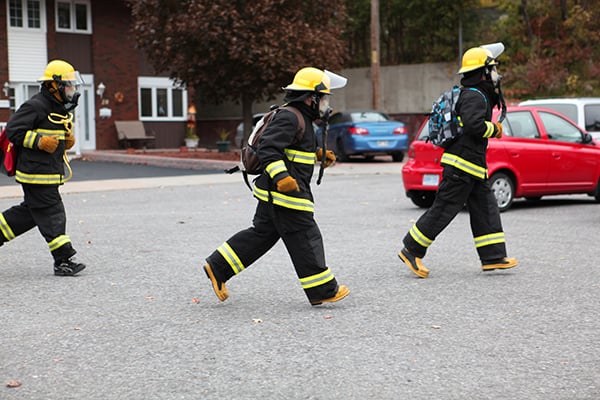
Coordinating Buddy Teams During Entry and Exit
Effective coordination begins with briefing buddy teams on tasks and expectations. Teams must confirm tools, goals, and communication methods before entering. Inside, partners stick together and monitor conditions as they work. Upon exit, both must report to command and update status. This loop maintains accountability and ensures proper resource use. Coordinated entry and exit also help prevent duplicate assignments. Teams that plan together perform better under pressure.
Rapid Intervention Crew (RIC) Integration with Accountability
RICs stand by to rescue firefighters in distress during interior operations. Their effectiveness depends on knowing who is inside and where. Accountability systems help RICs respond without wasting time searching. These crews require detailed updates from incident command at all times. Clear records speed up access and improve the odds of successful rescues. RICs often include some of the most experienced responders. They serve as a last line of defense when all else fails.
Navigating High-Stress Scenarios with Clear Roles
Fireground operations often involve chaos, urgency, and incomplete information. Teams perform best when everyone understands their role ahead of time. Buddies support each other emotionally while sticking to their assignments. Clear roles reduce overlap and keep resources from being wasted. Accountability helps eliminate unnecessary risks in these high-stress moments. Structured teamwork allows firefighters to operate with confidence. Role clarity becomes especially valuable during unexpected developments.
Managing Resources in Multi-Agency Responses
Large-scale incidents often involve multiple fire departments or emergency services. Coordinating resources under these conditions requires structured accountability. Common tools and terminology streamline communication across jurisdictions. Unified command posts support consistent team tracking and deployment. Incident commanders must prevent duplication or gaps in response. Accountability ensures teams arrive prepared and leave debriefed. Multi-agency coordination improves when everyone follows standardized procedures.
Technology’s Role in Enhancing Accountability
RFID and GPS-Enabled Personnel Tracking
RFID tags and GPS systems allow real-time tracking of firefighter locations. These technologies provide valuable situational awareness for incident command. When paired with traditional methods, they enhance both speed and accuracy. GPS can monitor crew progress and trigger alerts for inactivity. RFID tags help verify who enters and exits zones. These tools work best when integrated into daily routines. They add another layer of security during complex operations. NIST research supports their effectiveness in improving firefighter safety.
Mobile Command Platforms and Digital Rosters
Mobile command units often include tablets, dashboards, and communication hubs. These tools simplify roster management and tactical coordination. Digital systems update faster than paper logs and reduce clerical errors. Rosters display personnel assignments, entry times, and status updates in one place. Commanders use them to make real-time decisions and reallocate teams. Digital rosters increase efficiency, especially during rapidly evolving events. Mobile tech allows smoother operations without sacrificing oversight.
Wearables for Physiological Monitoring
New wearable devices track vital signs like heart rate, oxygen levels, and body temperature. These tools warn command staff when a firefighter nears exhaustion or medical distress. Physiological monitoring improves safety in extreme heat or extended operations. Teams can rotate more effectively when they understand individual limits. Early intervention prevents collapse or injury from overexertion. Wearables give insight that teams never had before. They support a data-informed approach to accountability.
Communication Failures: Risks of Overreliance on Tech
Technology can enhance safety but cannot replace basic accountability systems. Devices may fail due to battery loss, network issues, or interference. Relying solely on tech leads to dangerous gaps in communication. Firefighters should always use verbal check-ins and manual logs alongside devices. Training should emphasize contingency plans when systems go offline. Tech should complement, not substitute, team awareness and buddy discipline. Balanced approaches create more reliable outcomes.
Training and Continuing Education
Integrating Buddy and Accountability Drills in Training
Departments must include buddy protocols in all basic and advanced training programs. Drills should simulate realistic conditions like low visibility and high noise. Regular practice reinforces muscle memory and fast response times. Trainers must evaluate not just tactics but also communication and adherence. Repetitive exposure builds confidence and quickens decision-making. Crews learn how to adapt under pressure as a cohesive unit. Accountability becomes a reflex, not just a rule.
Live Fire Exercises and Team-Based Evaluations
Live fire drills offer realistic practice for buddy systems and accountability tools. These exercises push teams to manage stress and execute plans accurately. Instructors should test team tracking and response to changing hazards. Teams benefit from post-drill evaluations and open discussions. Feedback strengthens future performance and builds accountability habits. Practical application helps cement lessons learned in the classroom. Live training improves both safety and teamwork.
Leadership Courses on Incident Oversight
Leadership programs such as Fire Officer certification courses must teach incident command and accountability strategies together. Officers should learn how to monitor teams and enforce buddy policies. They must practice issuing assignments, requesting PARs, and evaluating response gaps. Realistic simulations build confidence in overseeing live operations. Leaders gain insight into effective delegation and real-time adjustments. The best courses also explore emotional intelligence and communication. Well-trained leaders improve every layer of accountability.
Updating Protocols Based on After-Action Reviews
After-action reviews offer insights into what went well and what needs change. Departments must use these reviews to revise protocols and strengthen accountability. Teams learn from real incidents and adjust training accordingly. Reviewing failures without blame encourages honest dialogue and growth. Lessons from past calls lead to safer future outcomes. Regular updates ensure systems remain effective over time. Improvement never stops in safety-focused departments.





